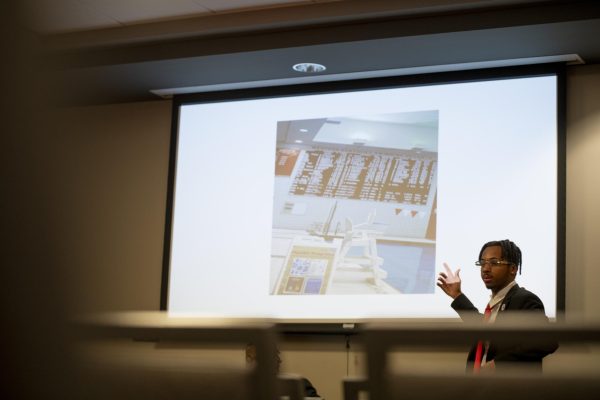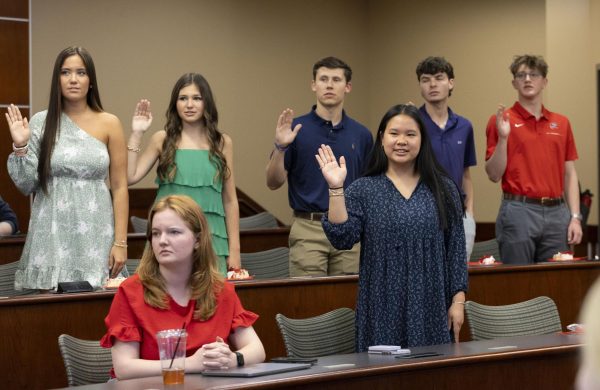Plan details response to campus emergencies
September 24, 2013
WKU has revamped the way it handles emergencies.
The university’s Comprehensive Emergency Management Plan, which details how the university will respond to and handle emergencies, was updated and implemented at the beginning of this year.
David Oliver, director of Environment, Health & Safety, said there are two key differences between the original plan and the new one.
One difference is that it uses Emergency Support Functions. These are agencies identified to handle specific emergencies. For example, the Medical Center would handle medical emergencies and the Bowling Green Fire Department would handle fire emergencies.
The second key difference is the identification of target hazards. These are likely emergency events that could happen on WKU’s campus such as tornados, earthquakes and severe weather.
The plan also details how to prevent these events from happening (Mitigation), what to do prior to response to an incident (Preparedness), responding and handling the incident (Response) and what to do in the aftermath (Recovery).
Before, the plan was updated with minor changes, such as changes on campus or personnel. The last major change was in 2006.
“Our old plan basically focused on response,” Oliver said.
The plan was updated, Oliver said, because it was overdue and a mandate from the federal government requires that emergency management plans need to be in the National Incident Management System format.
Oliver said there are three emergency operations centers that are used for incidents that span several days. These are located on the top and lower part of the Main Campus and one on South Campus.
He said there is a group that meets monthly on campus to talk about any ongoing issues related to emergency management.
The group is composed of representatives from various entities on campus such as the Student Government Association, the Administrative Council, the Bowling Green Police Department and Housing and Residence Life.
Oliver said it was important to have the resources and plans to effectively respond and make sure people know what to do during an emergency.
“That’s why we have the text messaging for severe weather to tell people to take shelter,” Oliver said. “Or we have the fire drills in the dorms quarterly.”
Oliver said from now on, the plan will be updated annually and immediately if any obvious changes are needed.
Practice exercises will be done periodically to test different elements of the plan, Oliver said. These will be done at different levels, ranging from discussion on how to respond to a full-scale practice scenario.
“It’s still a fictitious scenario, but it’s more realistic,” Oliver said.
There are plans to update the Emergency Procedures Handbook for staff and faculty this fall, he said.
The handbook gives directions and guidance on how to handle certain situations, such as bomb threats, suspicious mail and packages and hazardous material releases.
Although the plan is an ongoing and changing project, Oliver said he feels very happy with the plan in place.
“I think we have the best plan we can have at this point,” he said. “We’ve got the right partnerships with all the agencies, and we’ve got the right people on our planning team.”
























